India
Citi appoints Bhanu Vohra as India head of commercial banking
Citi appoints Bhanu Vohra as India head of commercial banking
He reports to Tushar Vikram and Rajat Madhok.
Citi completes sale of India consumer business to Axis Bank
Approximately 3,200 Citi employees have been transferred.
India’s card payments market to grow 23.6% to $361.6b in 2023: analyst
Rising consumer spending will rally the market to extend 2022’s growth.
UPI’s linkage to SG’s PayNow a step closer to global payment brand ambitions: analyst
UPI registered a 75.9% growth in 2022.
JCB has issued 1 million cards in India
RuPay JCB cardholders are eligible for a 40% cashback on select international transactions.
Indian banks’ Adani exposure minimal: Moody’s
Eexposure is less than 1% of banks’ total loans, the ratings agency estimates.
Chart of the Week: India’s card payments market to reach $581.2b by 2026
The card payments market value grew 26.7% in 2022, according to estimates.
India’s Yes Bank saw profit drop 80% in Q4 2022: report
The bank aims to recover INR10b in the current quarter, its chief executive said.
India’s HDFC Bank net profit up 18.3% in Q4
Net interest income and fee income rose to INR6,052.6 crore during the quarter..
Indian banks’ lending to NBFCs up 150% from pre-COVID levels
In November, banks' outstanding credit to NBFCs rose 33% from 2021.
Mastercard names Gautam Aggarwal as division president for South Asia
Aggarwal will oversee the card payment provider’s activities across South Asia and India.
India’s buy now pay later market to be worth $15b in 2026: analyst
Amazon Pay Later has over 3.7 million registered users in 2022.
Gap to widen between India’s public and private banks: S&P
Large private banks will outperform their publicly-owned peers, the ratings agency said.
Kotak Mahindra Bank’s profits up 27% in Q2
It has over 36.6 million customers as of end-September.
ICICI Bank net profit up 31% to $929m in Q2
Its loan portfolio also grew 23% compared to the same quarter last year.
JP Morgan names India corporate banking head as interim India CEO
PD Singh has served as corporate banking head since 2021.
J.P. Morgan names Navin Wadhwani as India’s head of investment
He joins from Indian conglomerate Reliance Industries.


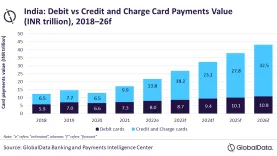


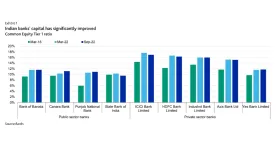
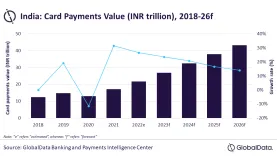


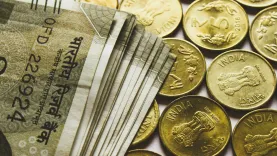

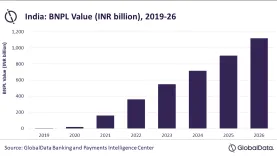

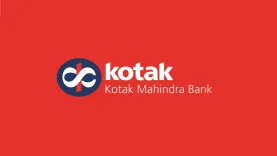

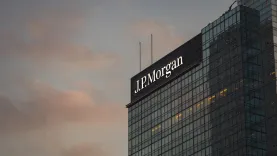
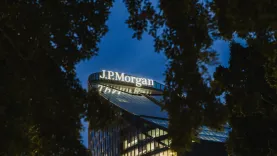

 Advertise
Advertise

















Commentary
Why APAC banks must rethink their approach to the cost reduction challenge
Thailand backs major conglomerates for digital banks but risks stifling innovation